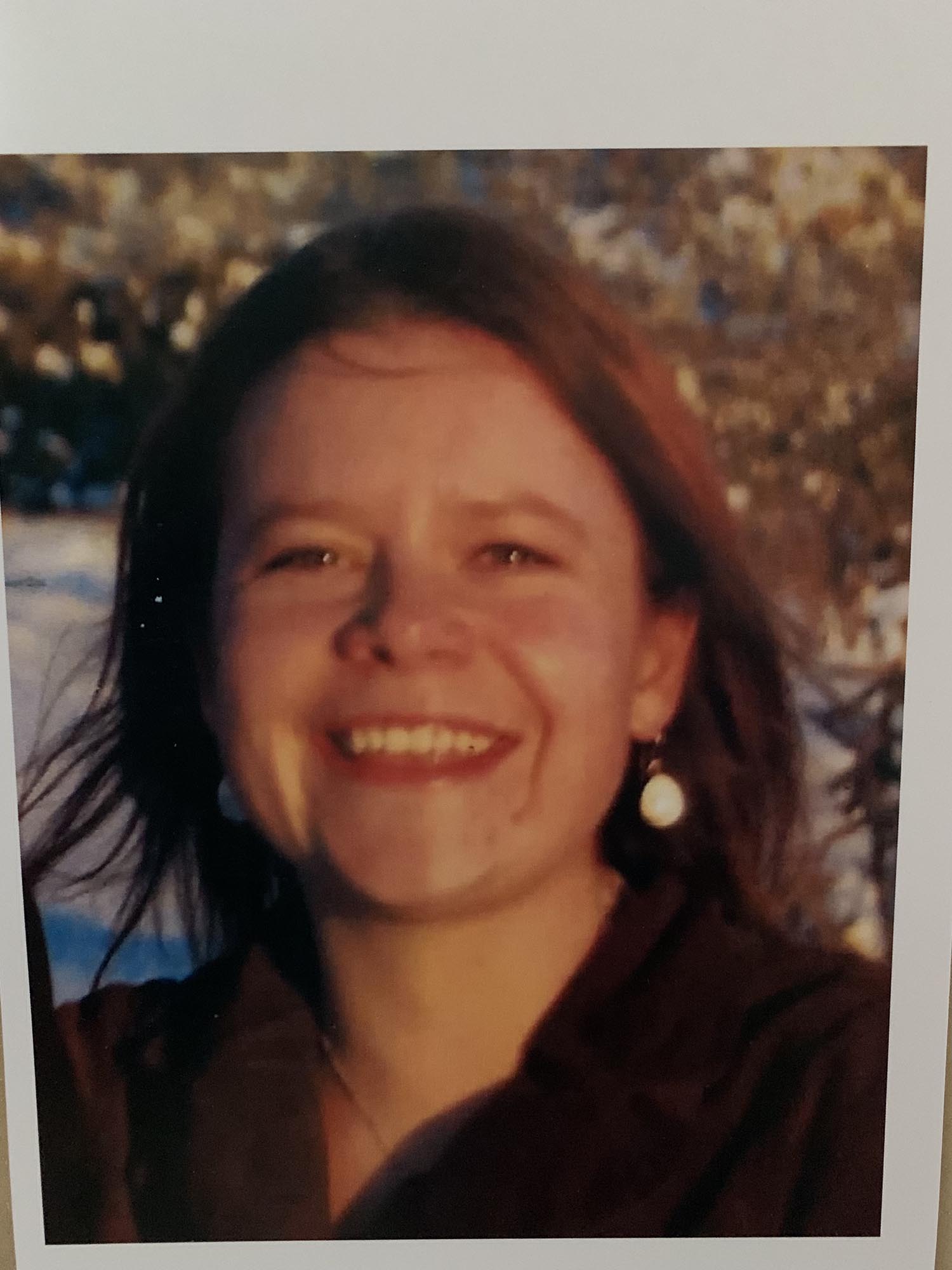Sabrina Hopkins lived most of her life with tonic-clonic (grand mal) seizures caused by epilepsy, yet with the help of medications, she married, had two children and worked as a special education teacher.
But on Nov. 19, 2020, three days after her 42nd birthday, she suffered a final seizure and died, her loss attributed to a little-known complication called Sudden Unexpected Death in Epilepsy (SUDEP).
Her mother, Belinda Jentzen, has started an endowed memorial fund in her daughter’s name at The University of New Mexico School of Medicine to support epilepsy research and spread awareness of SUDEP among epilepsy patients.

I’m only doing this because I’m a motivated mom. I’ll continue to work on this as long as my services are needed
“I’m only doing this because I’m a motivated mom,” says Jentzen, who previously spent 10 years working as a development officer at the UNM Foundation. “I’ll continue to work on this as long as my services are needed.”
The memorial fund will support the UNM Comprehensive Epilepsy Center, one of 17 epilepsy centers of excellence designated by the Department of Veterans Affairs, said director Haewon Shin, MD, professor and vice chair for clinical affairs in the UNM Department of Neurology.
“The Sabrina Hopkins Fund has been really helpful,” Shin says, adding that it has already helped fund training for center staff and in the future will be used to purchase research equipment.
“We haven’t had any research before and now we have several clinical trials,” Shin says. Two of the trials involve the use of responsive neurostimulation (RNS) to detect and interrupt seizure activity in both adolescents and adults, she says.
The Epilepsy Center has grown dramatically over the past two years, including neurologists and neurosurgeons trained in delivering state-of-the-art care, she says. They performed 300 elective procedures in the past year and each year see 2,000-3,000 patients in clinic.
UNM also recently established an epilepsy fellowship training program accredited by the Accreditation Council for General Medical Education, the only one in New Mexico.
The family was living in Boulder, Colo., when Sabrina, then 4, started having small seizures, her mother recalls. A pediatrician told her parents, ‘Lots of kids have seizures – they outgrow them, don’t worry,’” Jentzen says. “Of course, you can’t help but worry.”
When the seizures worsened Sabrina was seen by a neurologist in Denver, who diagnosed her with epilepsy and discovered that she had a large brain tumor – a benign astrocytoma – which was surgically removed when she was 10. “It did impact some of her learning skills,” Jentzen says. “She became a special education student herself.”
But Sabrina defied the odds. She attended the Colorado Rocky Mountain School for high school and went on to graduate from Fort Lewis College in Durango, Colo.
After college she moved to New Mexico to be near her mother. She taught special ed classes at Santo Domingo Pueblo and a Rio Rancho elementary school. She later quit the classroom to work for a firm under contract with state government to conduct home assessments with at-risk families and refer them to needed support services.
Sabrina married in 2007 and had a son and daughter. She managed her epilepsy with medication, but still sometimes had “breakthrough” seizures. “She always had her seizures in the morning, like 4 or 5 o’clock,” Jentzen says. “One of the huge risk factors is stress, lack of sleep or forgetting to take medication.”
The COVID pandemic amplified the stress, she says. The children had to stay home from school to learn remotely, Sabrina’s husband lost his job and she had to conduct her home visits virtually.
With her final seizure, “that night she didn’t take her meds,” Jentzen says. “From this one she just never recovered.”
The autopsy finding of SUDEP came as a shock. “We had never heard of SUDEP,” Jentzen says. “She had been in the medical system since age 4, but we never knew that one could die of a seizure complication.”
Shin says SUDEP is relatively rare – just one or two people out of 1,000 epilepsy patients might die from it per year, although the risk accumulates as people live with the condition over many decades. With SUDEP the seizure appears to shut down brain activity to the point where the heart stops beating or respiration ceases.
“Most of the time it comes back, but in rare cases, the patient can die if it does not start back,” she says.
In the devastating aftermath of her daughter’s death, friends inquired about making memorial gifts, so she started thinking about an endowed fund in Sabrina’s name, Jentzen says. From her time at the UNM Foundation, “I knew the ins and outs of these endowments and how funds work.”
She learned that Shin was moving to UNM to head up the newly created epilepsy center. “I got to meet her online and we talked about the possible of creating an endowment,” she says.
The endowment’s purpose is a tribute to Sabrina’s generous personality, Jentzen says. “She served other people her whole life, including her friends and her family. She was the kind of person who would give anything to her friends.”
The endowment will enable that legacy of service to continue.
“With New Mexico being a rural state, this endowment will hopefully provide a pipeline of information that will go out to rural doctors so that they understand how to better do epilepsy care.”


